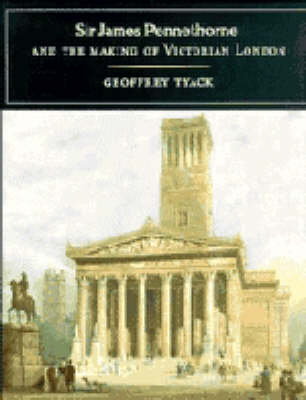Cambridge Studies in the History of Architecture
1 total work
Sir James Pennethorne and the Making of Victorian London
by Geoffrey Tyack
Published 10 December 1992
For a period of thirty years in the mid-nineteenth century James Pennethorne was more intimately involved with the planning and building of London than any other major architect. A pupil of John Nash, he took over his teacher's practice and became government architect for the first half of Victoria's reign. He was responsible for the planning of new streets, the laying out of parks, and the design of important public buildings such as the Public Record Office, the west wing of Somerset House, and the Duchy of Cornwall office. It is therefore almost impossible for Londoners to avoid coming into contact with some aspect of his work. This study throws fresh light on some of the main architectural issues and controversies of the time. Even more important, it contributes to an understanding of the complicated relationship between government and architects, and of the forces which created the London of the nineteenth century and of today. The book therefore makes a contribution to the history of urban planning, and to urban and architectural history in general, in addition to offering an important new assessment of Pennethorne himself.
